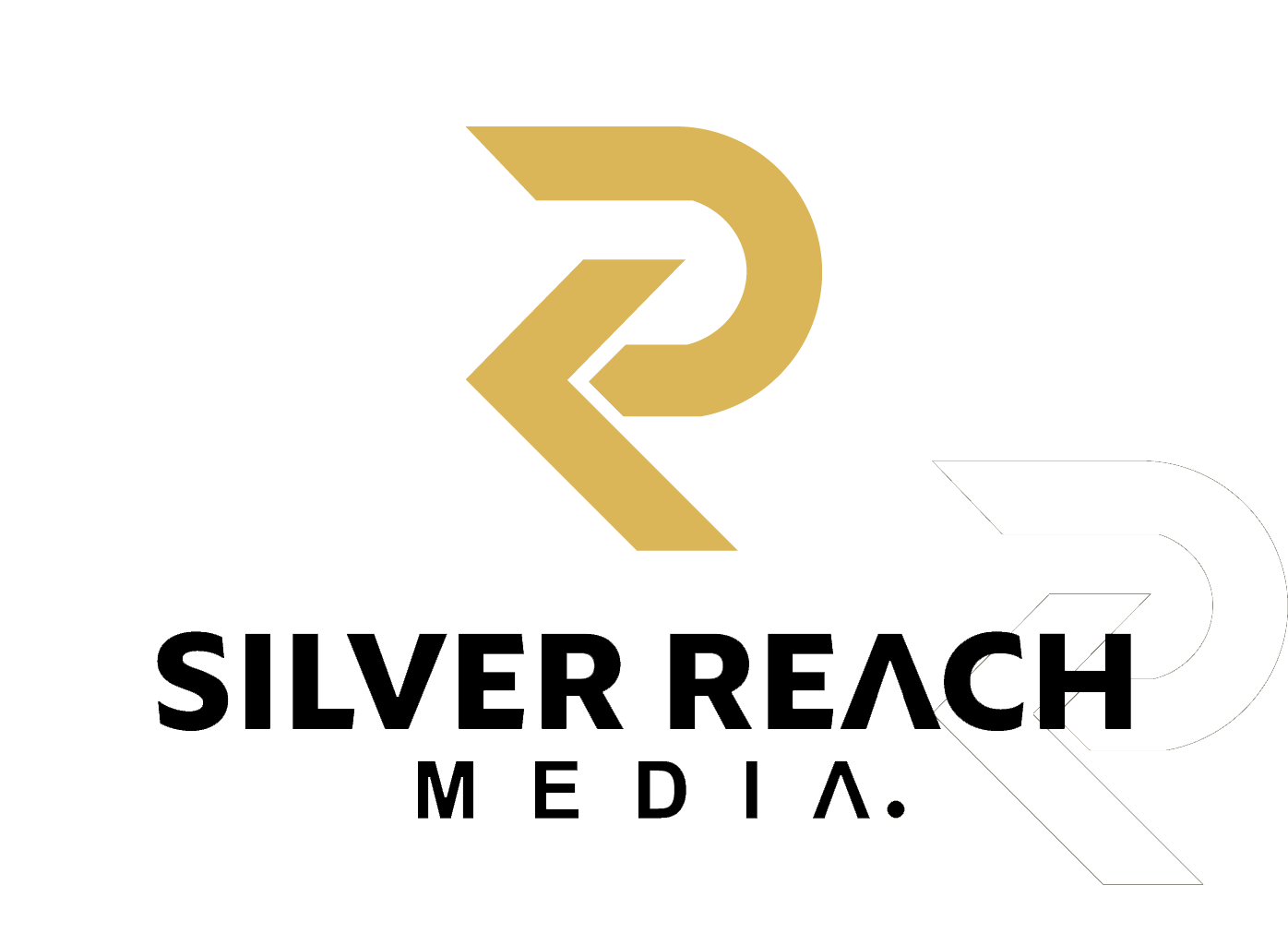How to Leverage Paid Ads for Maximum ROI: Facebook vs. Google Ads
Paid advertising is an essential part of any modern digital marketing strategy, but with so many platforms to choose from, it can be difficult to know where to invest your ad spend for the best return on investment (ROI). Two of the biggest players in the paid advertising world are Facebook Ads and Google Ads. Both platforms offer powerful tools for reaching your target audience, but each excels in different areas. In this blog, we’ll compare the two, explore their unique benefits, and discuss how you can leverage them to achieve maximum ROI for your business.
Facebook Ads: Building Brand Awareness and Engagement
Facebook Ads allows you to connect with a massive audience across Facebook, Instagram, Messenger, and other platforms in its network. The visual and engaging nature of the platform makes it a great choice for businesses looking to build brand awareness and foster engagement.
Why Facebook Ads Work
Targeting Precision – Facebook’s ability to target users based on their interests, demographics, behaviors, and location gives you the opportunity to reach people at various stages of the buying journey.
Social Proof – Ads on Facebook benefit from the social aspect of the platform. Users see not only your ad but also interactions (likes, comments, shares) from friends and followers, adding credibility to your messaging.
Retargeting – With Facebook’s robust retargeting features, you can re-engage visitors who have previously interacted with your website or ads, increasing the chances of conversion.
When Facebook Ads Are Most Effective
When your goal is brand awareness or generating leads through content that encourages engagement.
When you want to create visually compelling content, like video ads, carousel ads, or image ads.
If you are targeting specific audience segments such as age, interests, or lifestyle.
Maximizing ROI on Facebook Ads
To get the best ROI from Facebook Ads:
Test Multiple Ad Creatives – Run A/B tests on different visuals, copy, and calls-to-action (CTAs) to determine what resonates best with your audience.
Optimize for Engagement – Use engaging content that encourages interaction (comments, shares, and likes) to boost your ad’s organic reach
Utilize Lookalike Audiences – Create custom audiences based on people who are already engaging with your brand and expand your reach to similar users.
Google Ads: Intent-Driven Advertising
Google Ads (formerly known as AdWords) offers a different approach to paid advertising. Rather than targeting users based on interests or behaviors, Google Ads focuses on intent. When someone searches for something specific, Google serves ads that directly address that query. This makes it an excellent platform for capturing potential customers who are actively seeking products or services like yours.
Why Google Ads Work
Intent-Based Targeting – With Google Ads, you target users who are already searching for specific keywords related to your business, which means you are reaching people with a higher likelihood of conversion.
Search Network & Display Network – Google Ads offers two major networks: the Search Network, where your ads appear on search results pages, and the Display Network, which allows you to reach users across millions of websites, apps, and video platforms like YouTube.
Ad Extensions – Google’s ability to show additional information like site links, phone numbers, or location in the ads can increase visibility and provide more relevant details to potential customers.
When Google Ads Are Most Effective
When your goal is to capture demand from users who are actively searching for products or services in your niche.
When you want to target users based on highly specific keywords and phrases.
If you’re focusing on local searches, as Google Ads allows you to target specific locations for hyper-local advertising.
Maximizing ROI on Google Ads
To maximize ROI with Google Ads:
Use Keyword Match Types – Test different match types (broad, phrase, exact) to optimize the reach and relevance of your ads.
Focus on Quality Score – Google uses Quality Score to determine the relevance and performance of your ads. High-quality ads (relevant keywords, good landing pages, strong CTR) lower your cost per click and improve your ad’s ranking.
Optimize Landing Pages – Ensure your landing page delivers a seamless experience that matches the ad copy and offers a clear path to conversion.
For maximum ROI, many businesses find success in combining both Facebook Ads and Google Ads. By using Facebook Ads for building awareness and engagement, and Google Ads for capturing intent and driving conversions, you can create a full-funnel marketing strategy that works in tandem.
For example, you can use Facebook to drive traffic and engagement to a landing page, and then use Google Ads to retarget visitors who didn’t convert the first time with tailored ads designed to bring them back.
Final Thoughts
Both Facebook Ads and Google Ads offer unique advantages depending on your marketing objectives. If you're looking to build brand awareness and engage with a broad audience, Facebook is the ideal platform. However, if your goal is to capture leads and drive sales through high-intent searches, Google Ads is the way to go.
Ultimately, the key to maximizing ROI is to test, optimize, and continually refine your strategies on both platforms. By leveraging the strengths of both, you can achieve a more comprehensive and effective digital advertising strategy.
Got Plans for Your Brand?
We’ll be with you every step of the way.
Get in Touch..
Campaigns that Connect
〰️
Campaigns that Connect 〰️

